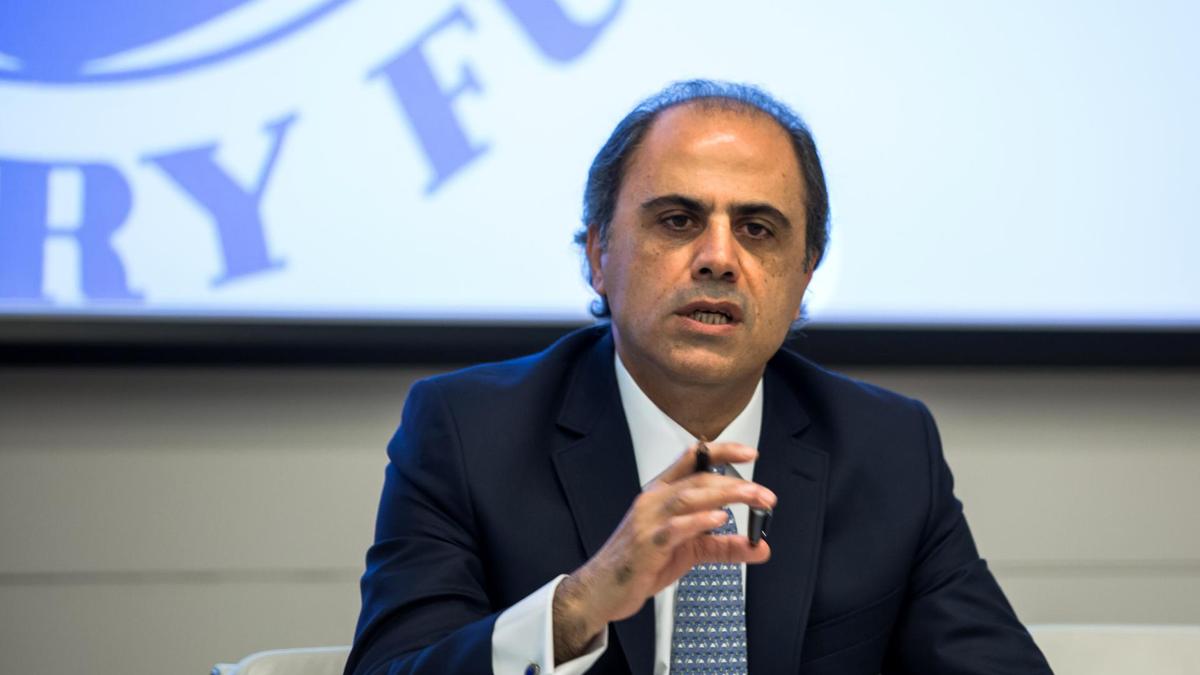Iran’s economy is expected to shrink for the second consecutive year and inflation could reach 40%, an International Monetary Fund’s senior official said, as the country copes with the impact of tighter sanctions imposed by the United States.
Washington, which reimposed sanctions against Iran’s oil exports last November, this month demanded buyers of Iranian oil to stop purchases by May or face sanctions, ending six months of waivers that allowed Iran’s eight biggest buyers to continue importing limited volumes.
“Iran’s economy shrank by 3.9% last year, according to IMF estimates, and is expected to shrink by 6% in 2019,” Jihad Azour, director of IMF’s Middle East and Central Asia Department, told Reuters, adding, however, that the projection preceded the latest elimination of waivers.
“Clearly the reimposition of sanctions and the removal of waivers will have additional negative impact on the Iranian economy both in terms of growth and in terms of inflation, where inflation could reach 40% or even more this year,” he said.
US sanctions against Iran have denied its government more than $10 billion in oil revenue, a US official said earlier this month.
Currency Crisis
The Iranian currency, the rial, lost more than 60% of its value last year, disrupting Iran’s foreign trade and boosting annual inflation.
The Iranian rial’s official rate is set at 42,000 rials to the US dollar, but its market rate stood at around 144,000 against the US dollar on Sunday, according to foreign exchange website Bonbast.com.
Azour said Iran should work to eliminate the current gap between the market exchange rate and official exchange rate.
“By aligning the market and official rates, this will help tame and control inflation and will reduce pressure on the exchange rate,” he said.
The currency’s slide, from levels around 43,000 at the end of last year, has eroded the value of ordinary Iranians’ savings, triggering panic buying of dollars.
SCI Reports on Inflation, Growth
According to the Statistical Center of Iran, the goods and services Consumer Price Index in the 12-month period ending March 20, which marks the end of last Iranian year, increased by 26.9% compared with last year’s corresponding period.
The overall CPI (using the Iranian year to March 2017 as the base year) stood at 164.3 in the month to March 20), indicating a 3.9% rise compared with the previous month.
The consumer inflation registered a year-on-year increase of 47.5% for the month compared with the similar month of last year.
SCI put last year's average annual inflation for urban and rural areas at 26.6% and 28.1%.
The index registered a year-on-year increase of 46.6% for urban areas and 52.7% for rural areas compared with the similar month of last year.
The overall CPI reached 163.3 for urban households and 170.3 for rural households, indicating a respective increase of 3.8% and 4.5% compared with the previous month.
SCI's latest report on Iran's economic growth shows Iran's gross domestic product saw a contraction of -3.8 during the first three quarters of the last fiscal year (March 21-Dec. 2018) compared with the corresponding period of the year before.
Economic growth, excluding oil, stood at -1.9%, the report added.
A sectoral breakdown of growth rates in the report shows only the services sector experienced growth of 0.6% during the period.
The industrial and agricultural sectors contracted by 7.9% and 2.1% respectively.
World Bank Estimates, Forecasts
The World Bank recently downgraded Iran's economic growth estimates and forecasts in a new report that put the Islamic Republic's real GDP growth for 2018 at -1.6%.
The World Bank forecast that the rate will further contract to reach -3.8% in 2019 before an expansion of 0.9% in 2020 and 1% in 2021. The WB report also estimates Iran's real GDP per capita growth stood at -2.6% in 2018. Forecasts for 2019, 2020 and 2021 have been put at -4.8%, 0% and 0.1% respectively.


